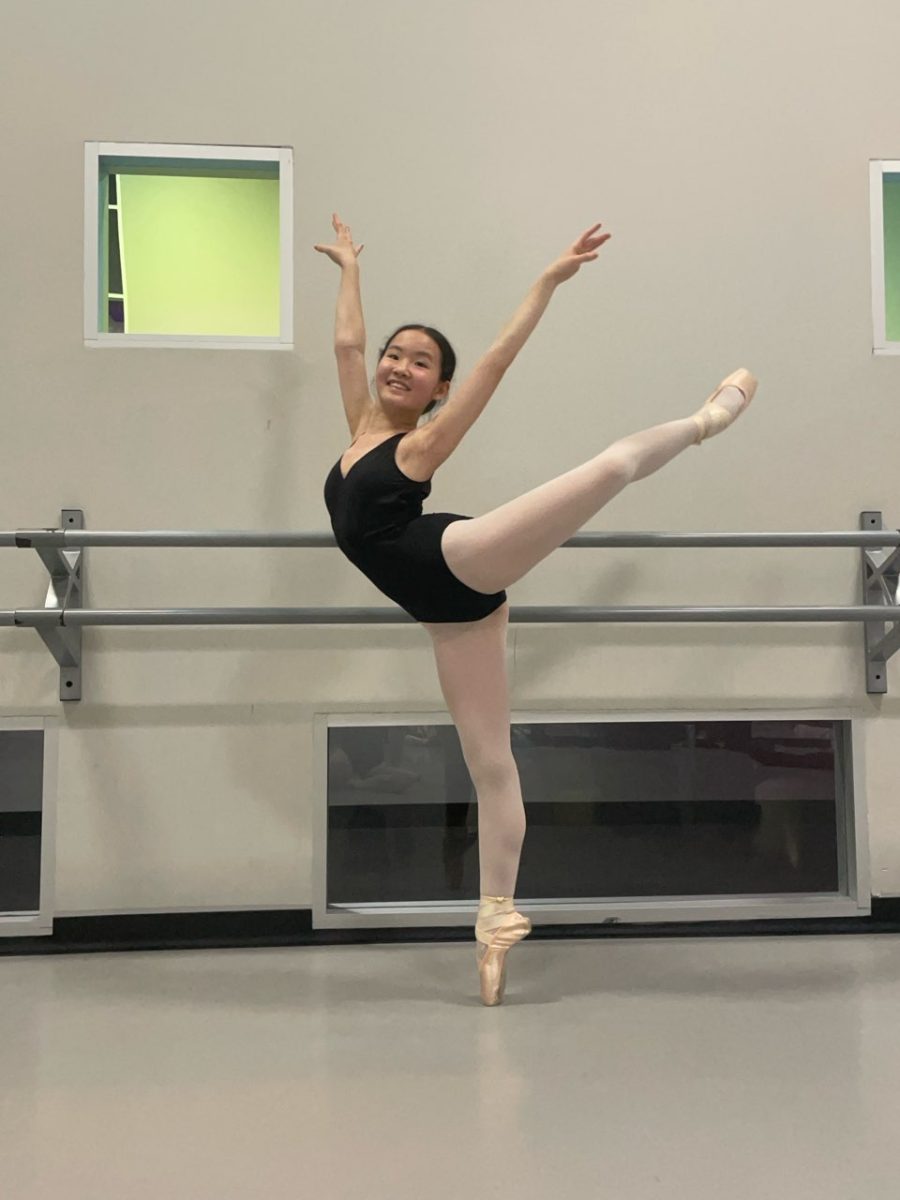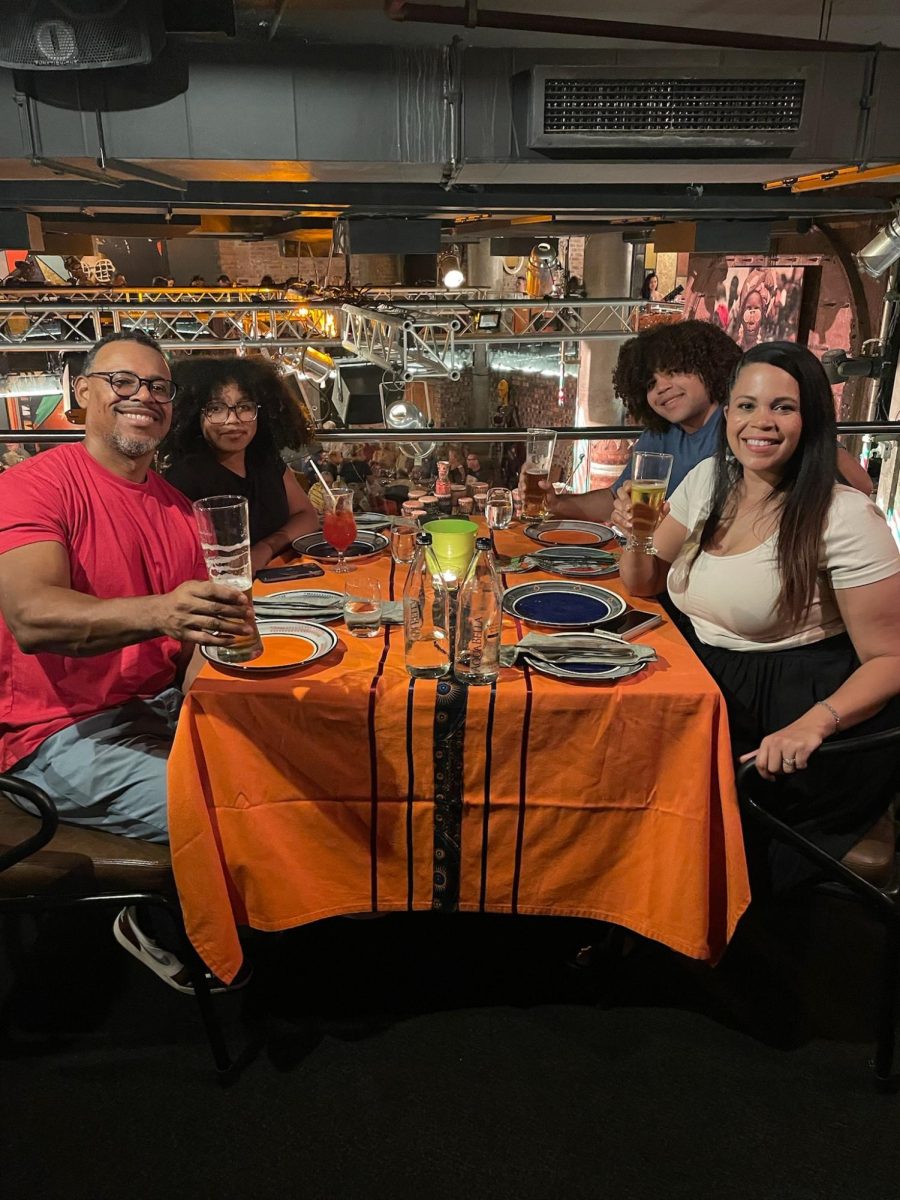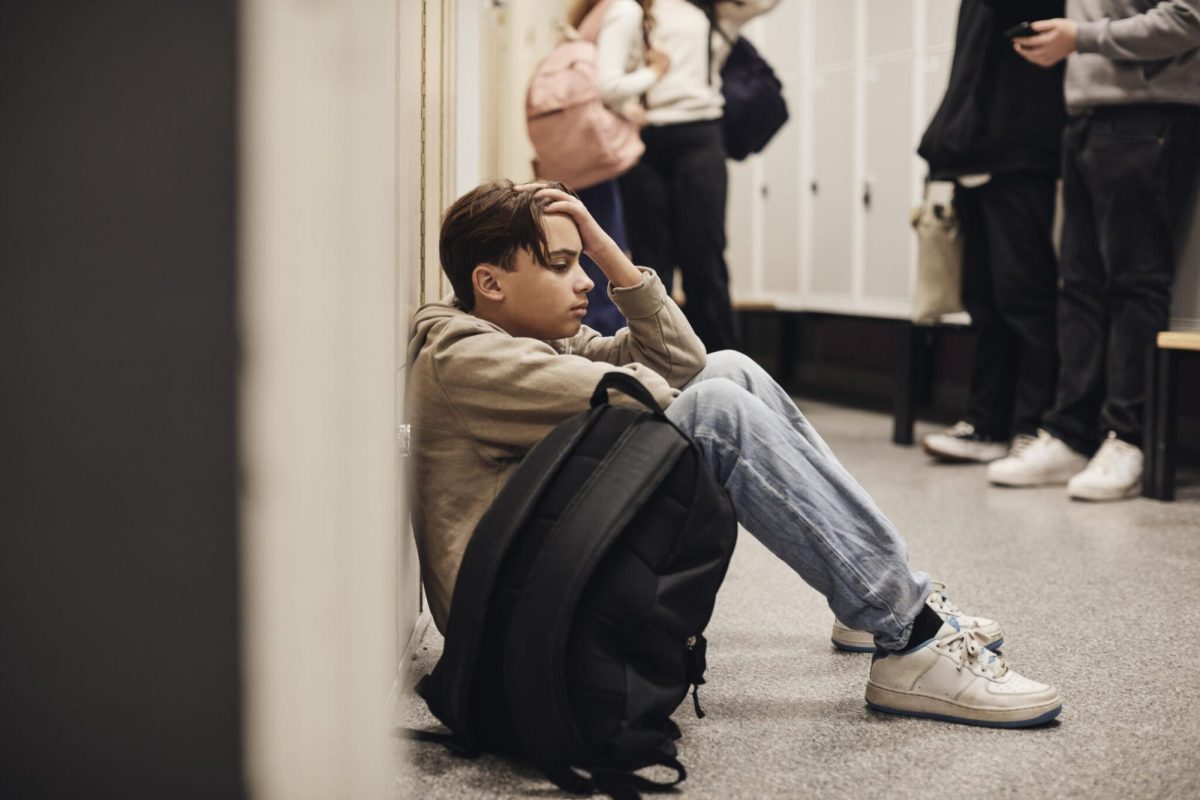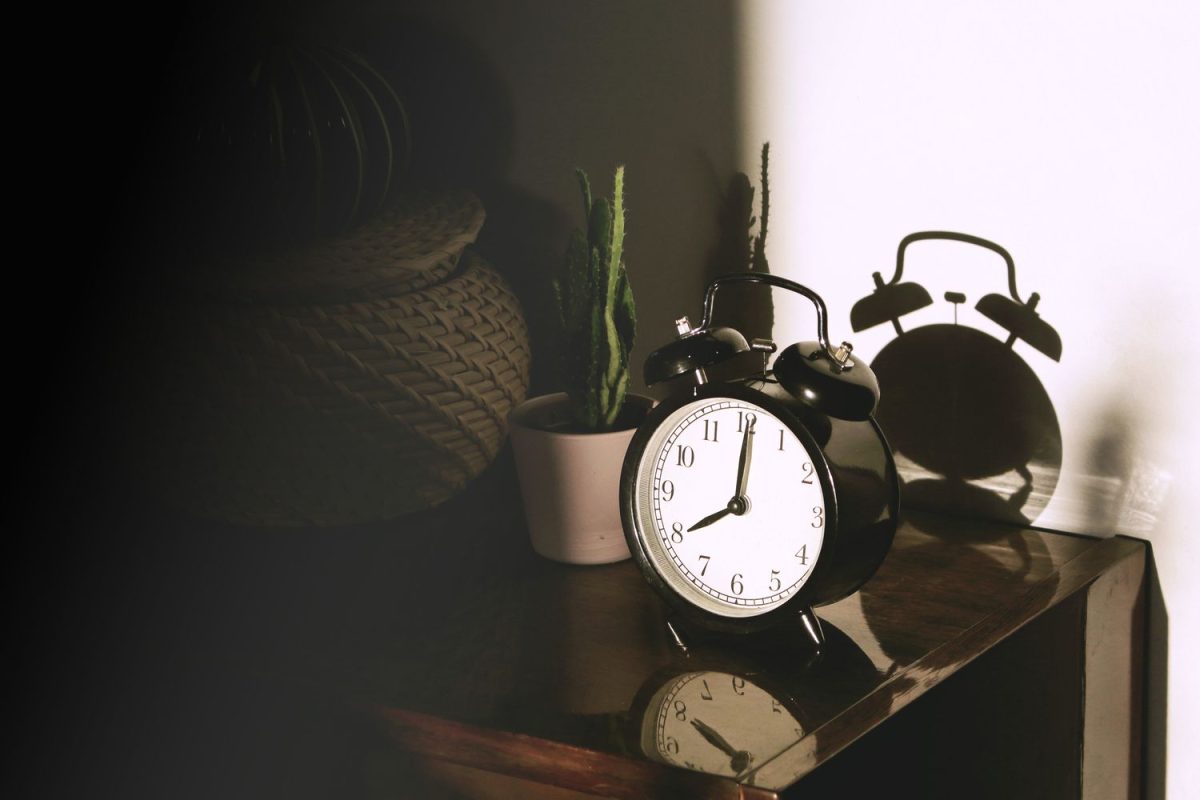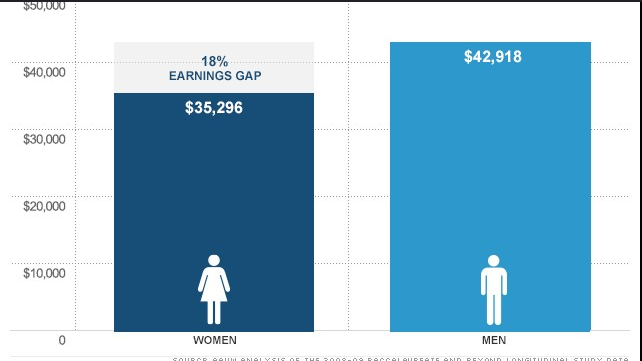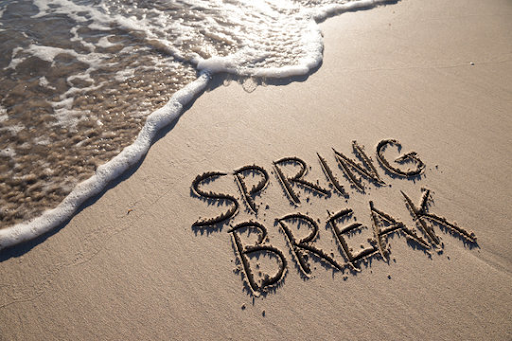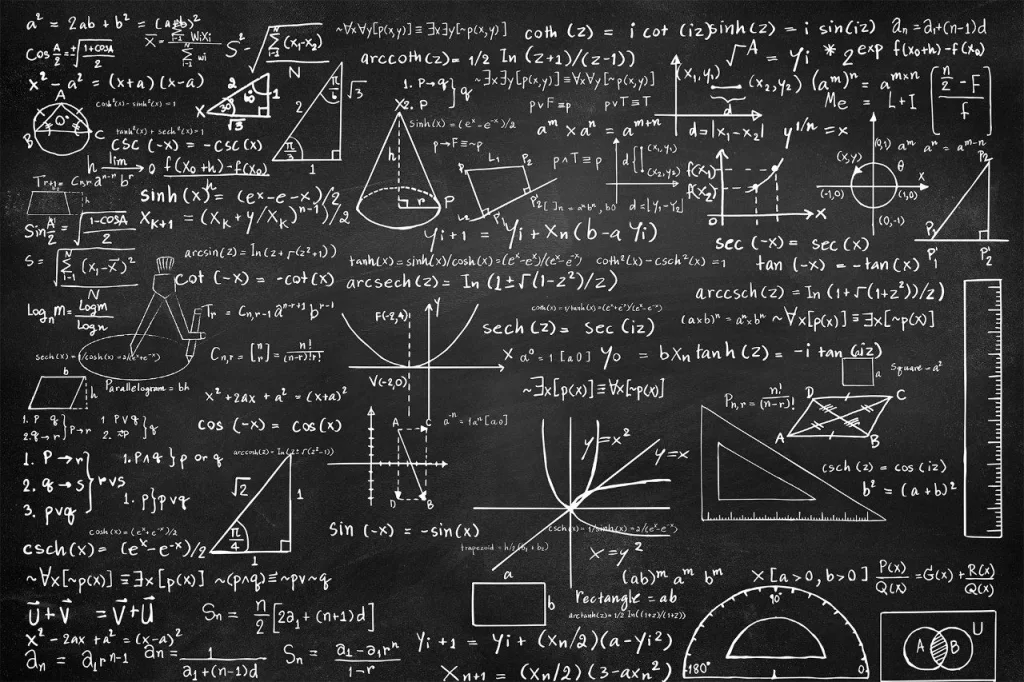Getting up early and going to bed late.
Dancers use tools like bands, massage guns, tennis balls, and yoga blocks to aid swollen muscles. They face sprained ankles, pulled-back muscles, and bruised knees. And then, there are the moments of pure joy, the thrill of nailing a routine after countless hours of practice. The camaraderie of backstage friendships, sharing secrets, and laughter as you prepare for a show—the exhilarating energy in the studio, where each beat brings a renewed sense of purpose.
When you beat a rival team at a competition or even just being able to hold a plank for the longest time, it’s a reminder of the hard work and dedication you’ve put in. These moments of triumph  can boost your confidence and motivate you to keep pushing your limits.
can boost your confidence and motivate you to keep pushing your limits.
When dancers of any type put their heart into choreography, they can create some of the most beautiful and meaningful performances imaginable. Dance is not just about physical movement; it is an expressive art form that allows individuals to convey deep emotions and tell stories without words.
From a young age, dancers are often taught the importance of infusing their performances with emotion, as this connection truly resonates with audiences—not just the audience but also their fellow dance members and themselves.
Maintaining a healthy relationship with your partners is a crucial part of a dancer’s journey, as supporting one another is key to collective success.
In the dance world, where every movement is a collaboration and every performance reflects the synergy of the group, fostering an environment of trust, communication, and mutual respect among fellow dancers becomes essential.
Friendship among fellow dance members helps ease pre-performance nerves.
“When I’m nervous backstage I do this thing where I shake my hands and then my feet 8 times and skip count down by 2,” sixth grader Hollen Hammett said.
Each dancer develops unique strategies, whether deep breathing exercises, visualizing the performance, or practicing a few dance steps to center themselves before heading on stage.
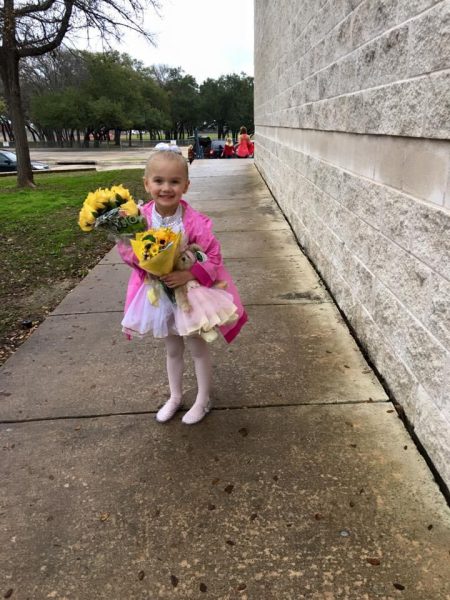
The connection between dancers doesn’t end when the curtain falls; it extends into daily life. Support systems are built through shared experiences during rehearsals, competitions, and performances.
These relationships can become lifelines, encouraging during tough times, whether that means recovering from an injury or tackling a particularly challenging routine.
Some of the challenging things that dancers face are messing up choreography and criticism, which can come from directors, peers, and even audiences.
This pressure can make it difficult to perform confidently. Additionally, physical injuries are a constant concern, as the demands of dance can take a toll on the body. Eighth grader Anna Lee, a dancer in Dance 3, goes a little deeper into this.
“The most challenging part of being a dancer is clean technics. Most people do not think that dance is a sport but like then they get tired after like one dance move,” Lee said.
Lee’s perspective highlights a common misconception about dance—it demands not only artistry but also athleticism and precision.
The rigorous training that dancers undergo is essential for mastering technique and performance skills. While many may see dance as simply an art form, it requires a level of physical endurance akin to that of traditional sports.
In conclusion, a dancer’s life is not all cupcakes and rainbows. We have our ups and downs but it is all worth it in the end.

